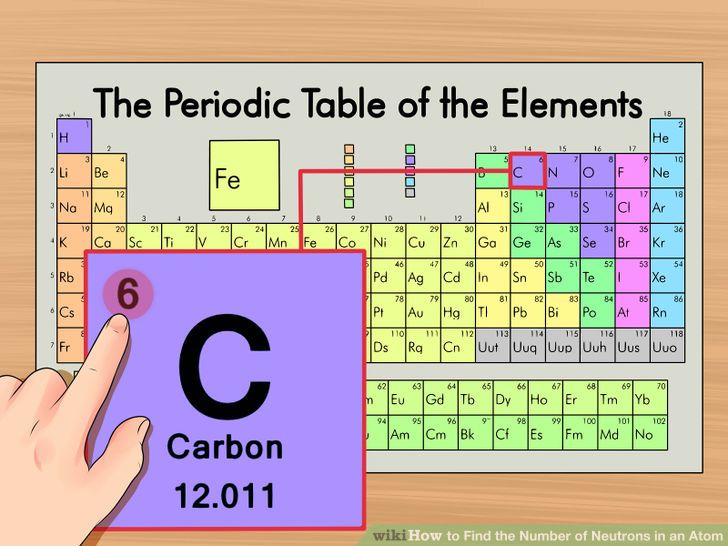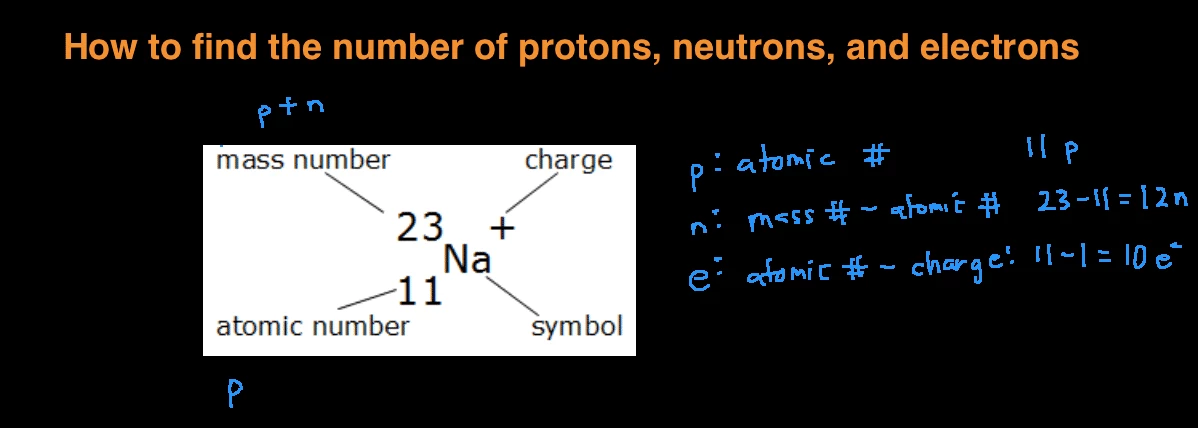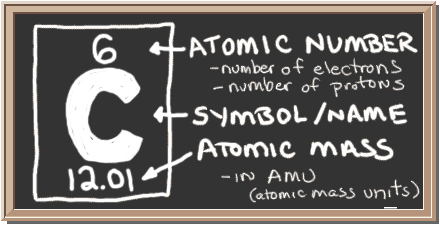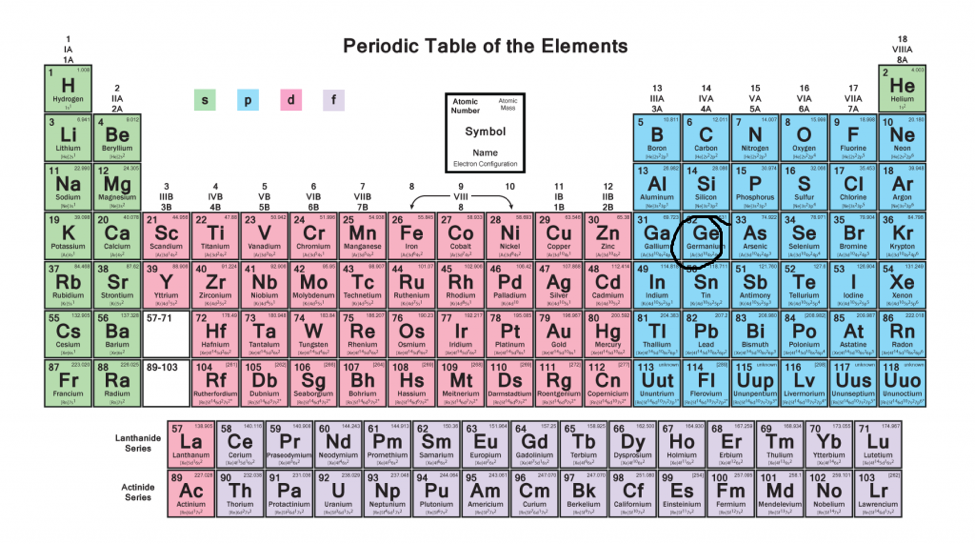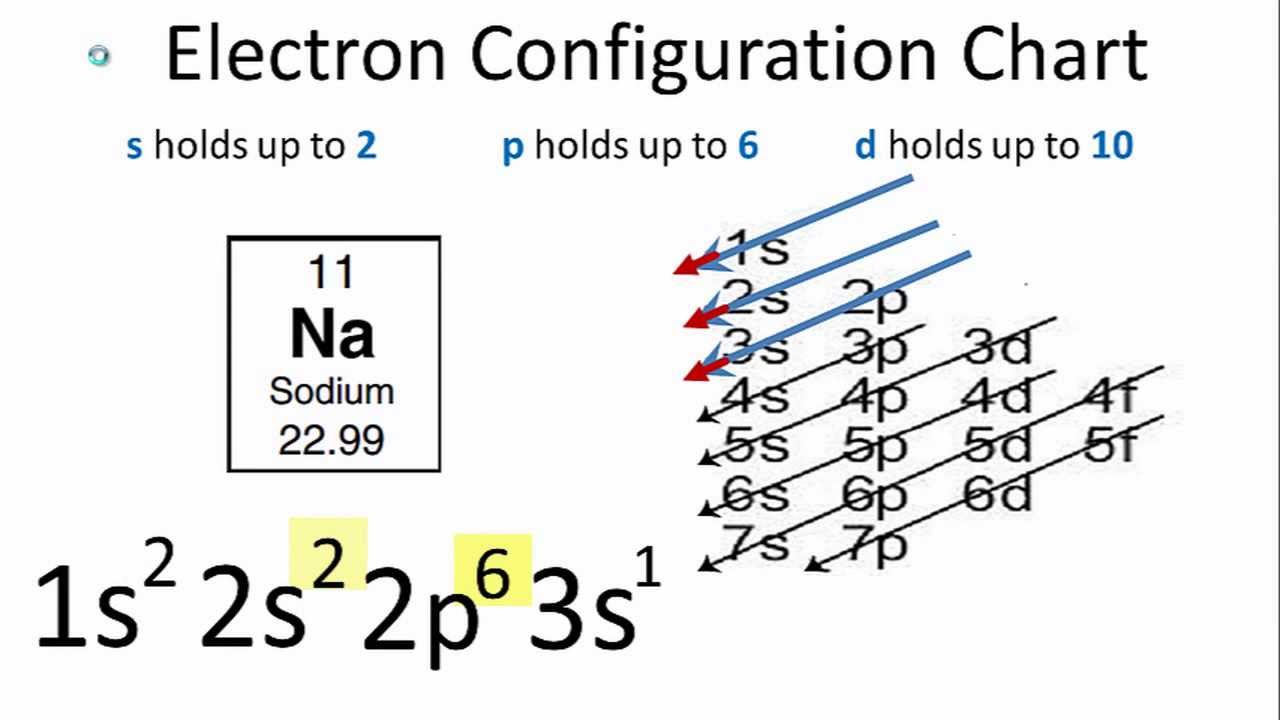Neat Info About How To Find Out Electrons

You can use these numbers to calculate the number of protons, neutrons and electrons in an atom.
How to find out electrons. These labels contain the shell number (given by the principal quantum number), the subshell name (given by. The electron configuration of an atom is written with the help of subshell labels. Once you figure out the electron configuration, you fill up the corresponding orbitals with electrons,.
So the electron configuration is 1s^2, 2s^2, 2p^6, 3s^2, 3p^3 (the exponents add up tp 15). The smallest of the permanent core particles of an atom is the electron. There are as many orbitals in the n shell as the sum of the first mathrm n odd numbers:.
The number of protons in the nucleus of the atom is equal to the. How to calculate the number of electrons? Mass number = sum of protons and neutrons;
The number of electrons in a neutral atom is equal to the number of protons. Number of electrons = number of protons = atomic number; The atomic number is the number of.
You can also find the core and valence electrons by determining or looking up the electron configurations of the main group elements. This is why we have the 2 n 2 rule. So to get the number of electrons, you must add the size of charge to the atomic or proton number.
So from figure 3, the number of electrons for chloride ion is 17 + 1 = 18. Number of protons = number of electrons = atomic number number of neutrons = mass. The 1 st subshell (p) can hold 3 orbitals, or 6 electrons.





